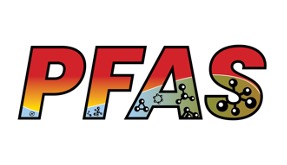U.S. Environmental Protection Agency Publishes PFAS CERCLA Proposed Rulemaking
On September 9th, the U.S. Environmental Protection Agency’s (USEPA) published its Designation of Perfluorooctanoic Acid (PFOA) and Perfluorooctanesulfonic Acid (PFOS) as CERCLA Hazardous Substances proposed rulemaking. There is a 60-day period to submit public comments on the proposed rulemaking. The Agency is requesting public comments on a number of specific questions. CASA, as part of a coalition of stakeholders representing water and wastewater sectors, submitted a public comment letter to USEPA in response to the proposed rulemaking requesting the Agency extend the public comment period by 60 days to allow water sectors to adequately respond the rulemaking and allow for sufficient review of the comments. Additionally, the letter requests that the Agency make the Economic Assessment of the Potential Costs and Other Impacts report publicly available.
USEPA is proposing to designate perfluorooctanoic acid (PFOA) and perfluorooctanesulfonic acid (PFOS), including their salts and linear and branched structural isomers, as hazardous substances under CERCLA based on evidence that the chemicals “may present substantial danger to public health or welfare or the environment when released into the environment.” The proposed rulemaking identifies wastewater treatment facilities as one of the five broad categories affected by this action and are entities that are not designed to treat or remove PFAS but receive the chemicals in their waste streams. However, the proposal also includes a statement that “although effluent discharged to receiving water bodies may contain PFOA or PFOS, much of these substances may concentrate in the WWTPs biosolids. Biosolids are also commonly applied to land as fertilizers or soil amendments but can also be sent to a landfill. The use of biosolids on farmland and home gardens can lead to the uptake of PFOA and PFOS in the food chain, as acknowledged by the U.S. Food and Drug Administration. Biosolids from wastewater treatment plants and some industrial wastewater that is land applied are also potential sources of contamination.”




 @CASA_CleanWater
@CASA_CleanWater